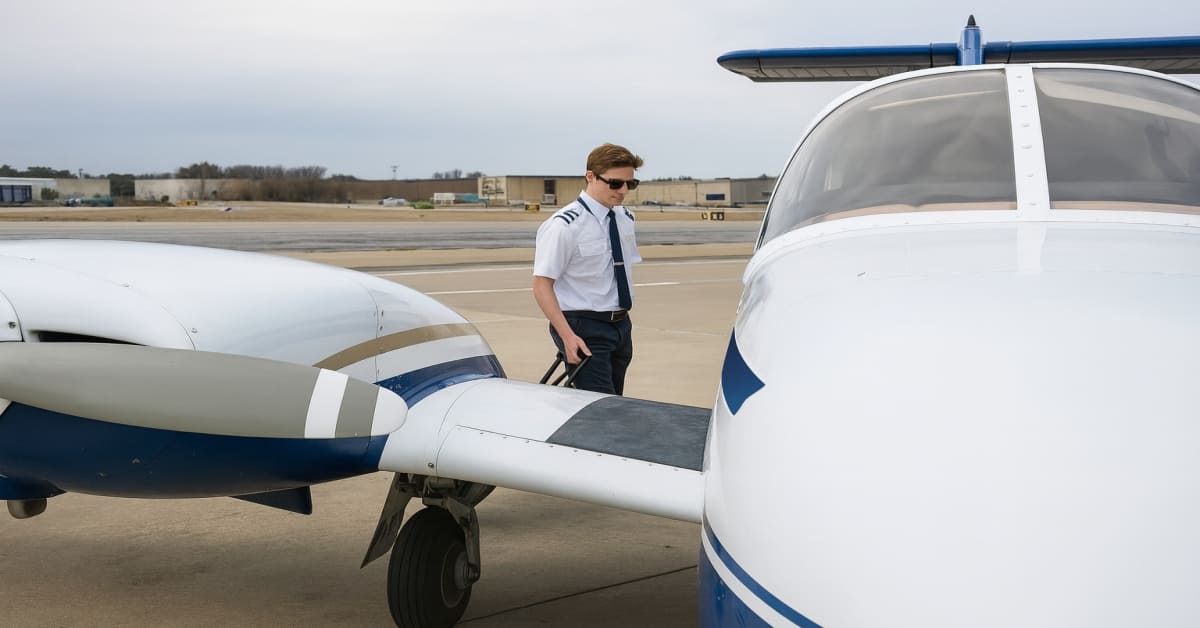First Solo Flight: A Pilot’s Defining Moment
Posted on : 27 October, 2025 11:45 am
From Student Aviator to Independent Flyer
For every aspiring pilot, the first solo flight is more than just a milestone—it’s a life-changing moment. After weeks or even months of training with an instructor by their side, the day comes when a student is trusted to take off, navigate, and land an aircraft alone. It’s a rite of passage that marks the transformation from being a learner to truly becoming a pilot.
The Build-Up to Solo
The journey to a solo flight begins with extensive ground school and dual flight sessions. Students must demonstrate proficiency in controlling the aircraft, understanding air traffic control (ATC) instructions, and handling normal as well as emergency procedures. Instructors carefully observe a trainee’s decision-making, precision, and confidence before allowing them to attempt the solo.
No two students are the same—some may be ready in as few as 10–15 hours of flight training, while others may take longer. The readiness is never about hours alone but about the confidence and capability displayed in the cockpit.
The Emotions of the First Solo
When the instructor steps out of the cockpit and says, “You’re on your own,” emotions often run high. Excitement, nervousness, and adrenaline blend together as the student prepares to taxi to the runway. For the first time, the responsibility of flying rests solely on their shoulders.
Pilots often recall the silence in the cockpit—without the instructor’s voice guiding them—paired with the thrill of realizing they are truly in command. The takeoff feels empowering, the flight a mix of nerves and joy, and the landing brings an unforgettable sense of achievement.
Why It’s a Defining Moment
The first solo isn’t just about proving technical skill—it’s about proving trust. Instructors trust the student to operate safely, and the student learns to trust themselves. This flight marks a shift in mindset: the realization that they can handle an aircraft independently.
This moment also builds resilience. Mistakes made during the first solo are valuable lessons, shaping the pilot into a more responsible aviator. Many professional pilots still describe their first solo as one of the most memorable days of their career.
Celebrating the Milestone
Across aviation schools worldwide, traditions exist to celebrate this achievement. Some instructors cut off the back of the trainee’s shirt (symbolizing they no longer need “guidance”), while others pour water buckets or simply shake hands with pride. These celebrations mark the pilot’s entry into the fraternity of aviators.
Beyond the First Solo
While the first solo is unforgettable, it’s only the beginning. Pilots continue building hours, practicing cross-country flights, night flying, and handling diverse weather conditions. But that very first solo is the foundation—it gives them the confidence to face every future challenge in their career.
The first solo flight is not just a requirement in pilot training—it’s a defining chapter in a pilot’s story. It teaches independence, instills confidence, and reminds every aviator why they chose to fly in the first place. For many, it’s the moment they stop being a student and start being a pilot.

